CASE 1: Translation
There is no doubt that translation changes resonance. For instance, comedy might need to change its delivery. Words might have to be replaced with other, similar words. Sentence structures may change and so on. With a musical as well, cadence and rhythm must also be taken into consideration, assuming that the score itself is not going to change. Thus, the use of both languages, and the onstage interpreters and subtitles in The Music Man became an integral part of the production. This tells the audience it is never “one or the other.” Accessibility is not the afterthought, nor is it a gimmick. Rather, it is natural, integral, and harmonious with all other languages in this theatre space and in this onstage depiction of River City.
Olney Theatre Center’s The Music Man facilitates a welcome challenge with the casting of James Caverly, a former production team member at Olney who pitched The Music Man as the theatre’s first ever Deaf-centered performance. Caverly, a Deaf performer, played the titular musician alongside a cast that can communicate the entire play in both spoken English and ASL. The performance featured moments entirely in ASL and moments entirely spoken or sung in English. However, the majority of the production was communicated through both languages simultaneously.
One of the most fascinating elements of the story in this translation was that each of Winthrop’s lines (a character who notoriously speaks with a lisp) was delivered in ASL alone. Subtitles were true to the libretto in affecting how the spoken dialogue was intended to sound in Winthrop’s voice. As a character who is relegated to the outside more often than not, it did not matter that actor Christopher Tester is Deaf himself. Tester’s Deafness was not elemental to the character of Winthrop, proving that in this version of River City, Deafness does not exist on the periphery but is fundamental within this multilingual landscape.
Another question with regards to updating this musical is: How does translation affect the musicality of the work? Performance aficionados have taken issue with the vocal tonality of Sutton Foster and Hugh Jackman’s voices being somehow “not right” for the score or for the characters they play on Broadway. Foster specifically has received pushback over her lower voice part because of her character Marian’s pivotal high soprano. Yet, would it not be true that this criticism of those already in the inner circles can further perpetuate who will and will not have the opportunity to share their stories onstage?
While vocal ability is certainly something to consider in the casting of a musical production, Olney Theatre dares to ask: What is the sound of music to those who cannot sense it in the traditional sense? With proliferated discussion on the drawbacks and benefits of nontraditional casting, one of the biggest arguments against musical translation has relied on whether a text can be altered in any way to address the differences of those onstage. This proves a challenge for various actors who did not identify at birth with the characters they are playing. So true is it here.
In this production, Caverly as Hill signed each of his individual songs, while performer Vishal Vaidya expanded the mostly non-singing role of Marcellus and provided the vocal accompaniment to Harold Hill. Claims for universalism in The Music Man do not take into consideration the many factors of identity that extend beyond merely who will or more specifically who can play a certain role. Yet there was never a sense that Harold Hill was not Deaf. Rather, the audience understands Deafness is a part of the River City community and part of who Harold Hill is in this production. Likewise, I assumed the other hearing characters in the play had simply taken the time to learn ASL in their own onstage lives. Thus, there was never a sense that the Deafness is not there or does not matter. On the other hand, Deafness defines part of their characters—it is simply not the only thing that defines their characters.
By making the entire score and libretto accessible to Deaf and hearing audiences alike, Olney Theatre decided to break the unwritten rules that most American musicals tell an audience about what gets to be interpreted and who gets to do the interpreting. Moreover, this production also expands who gets to attend and enjoy a large-scale production of a Golden Age musical. It was the integrity of the interpretation, rather than the meticulousness of the translation, that made this show truly accessible to all.


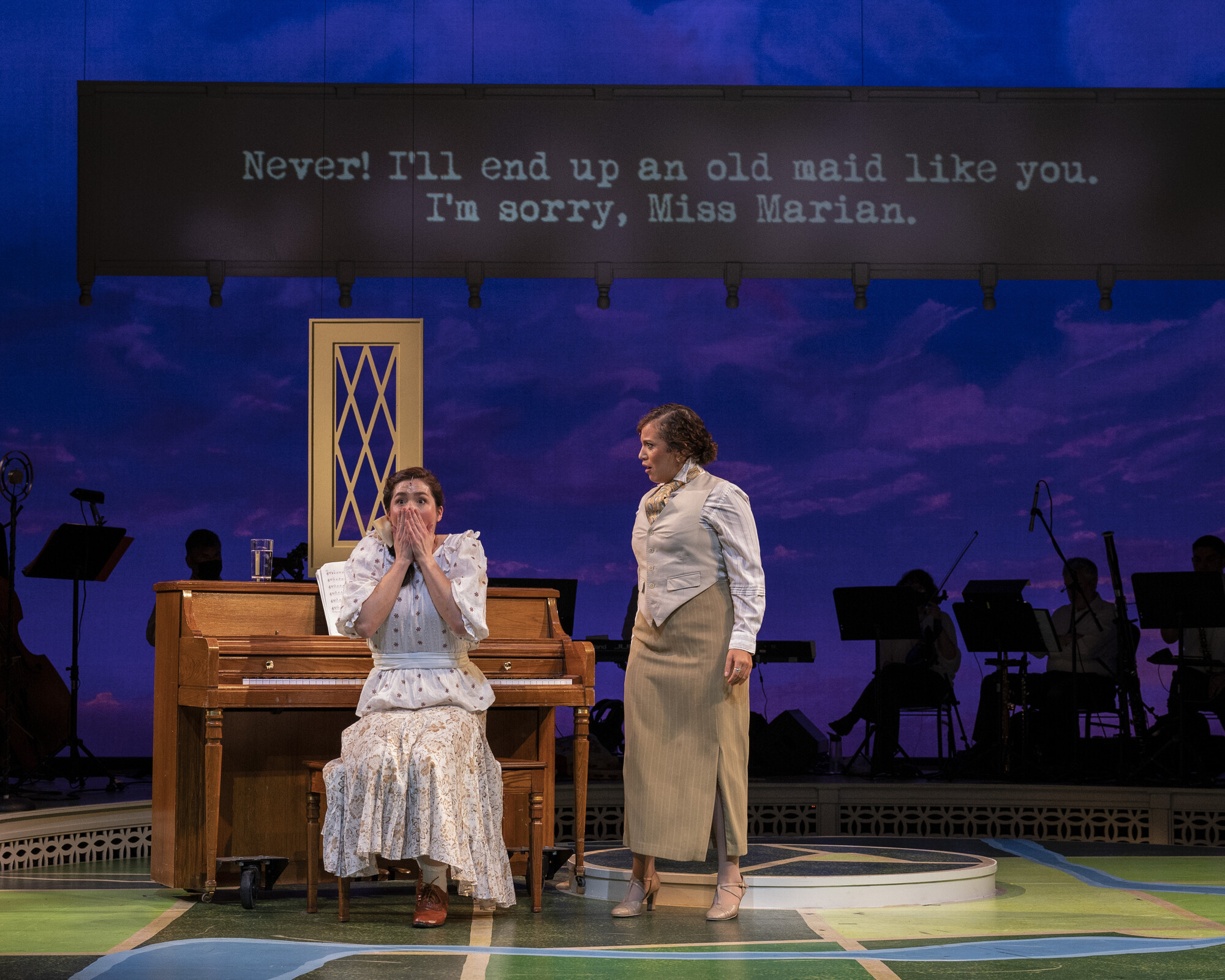
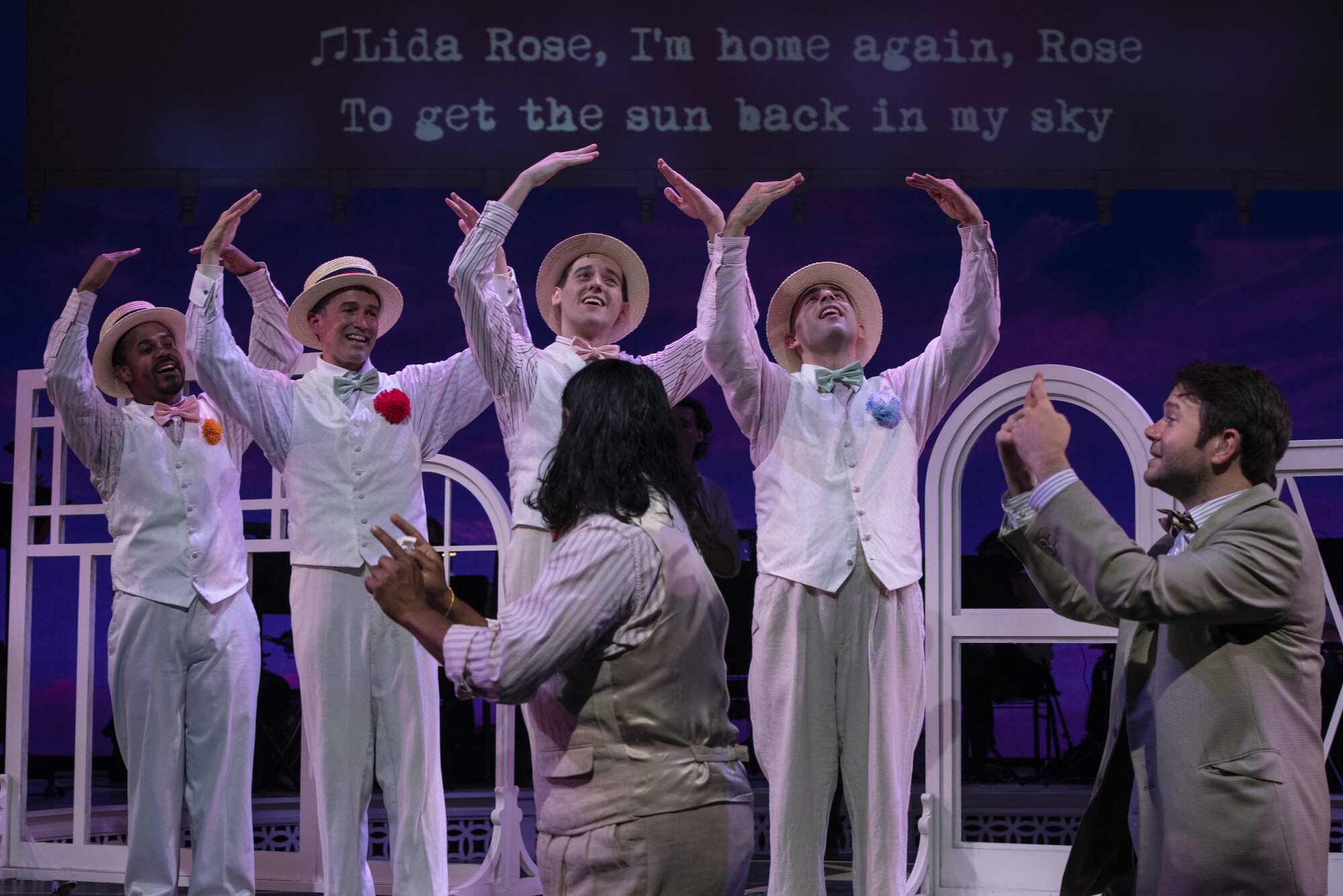
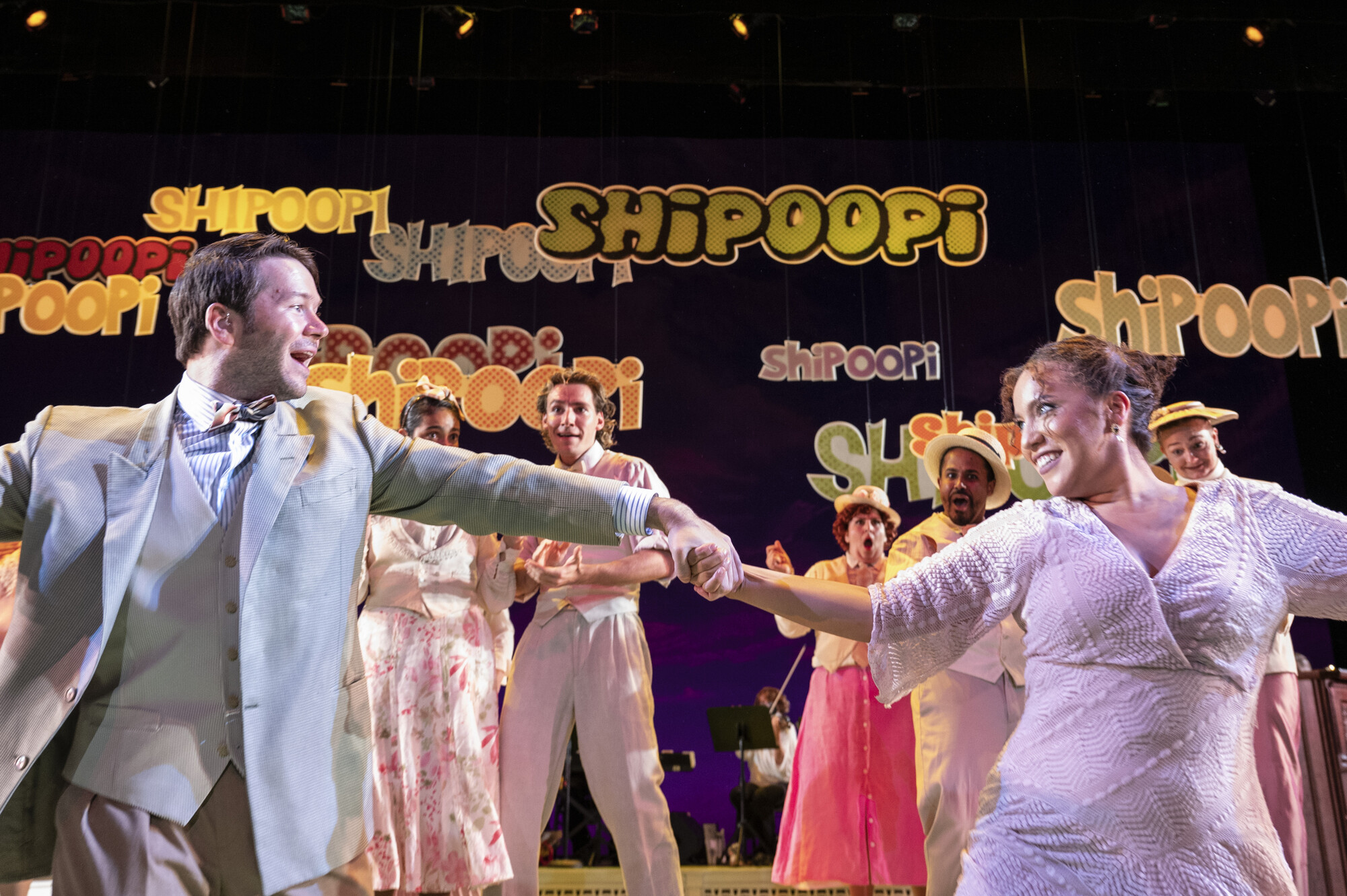
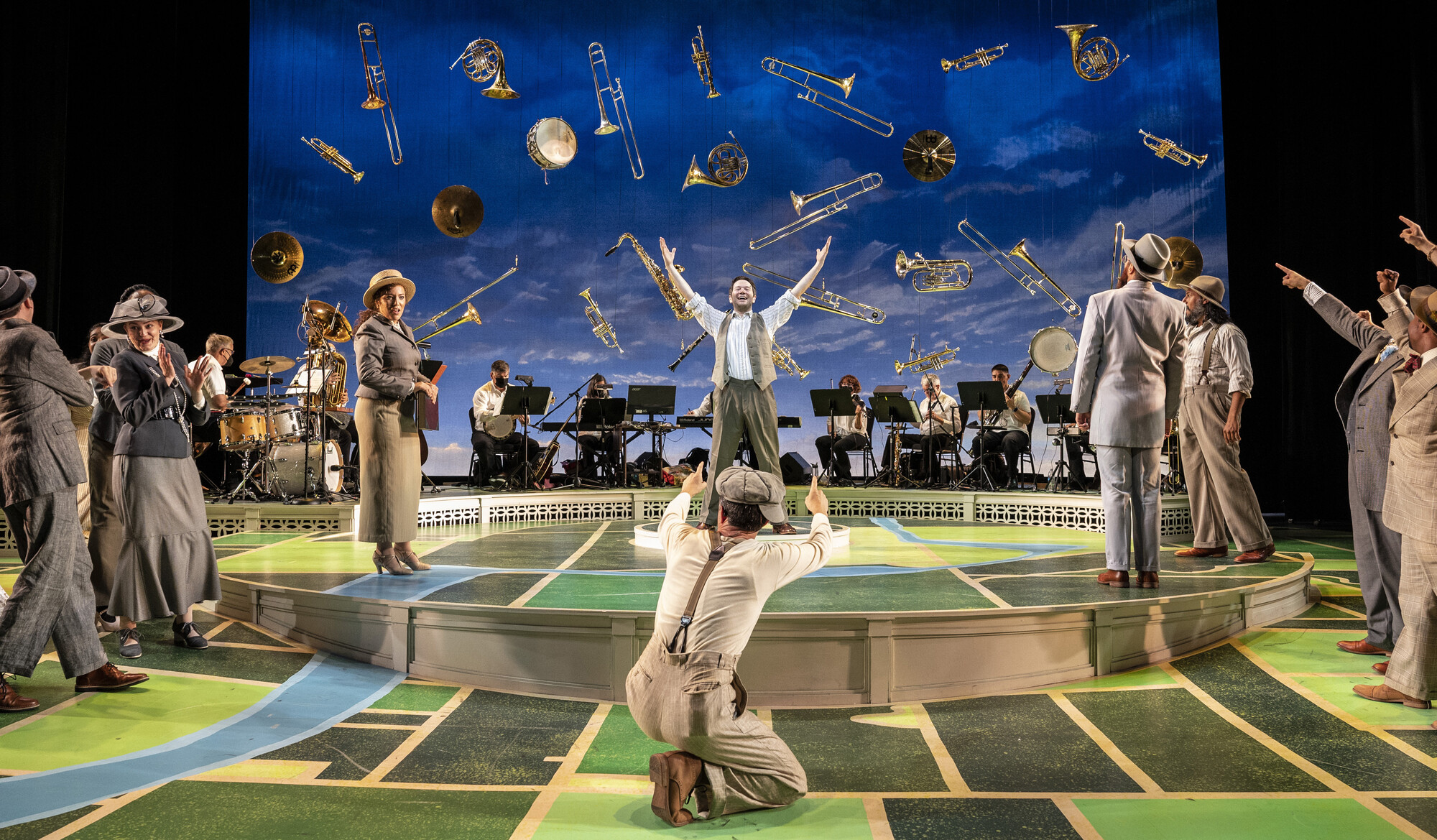
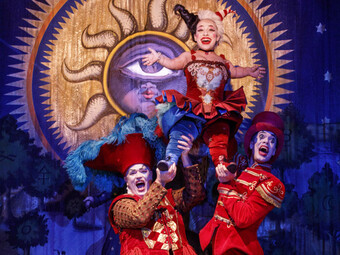

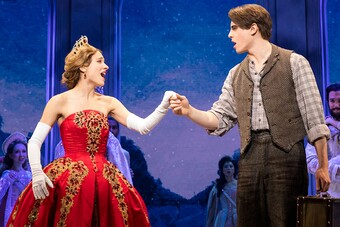

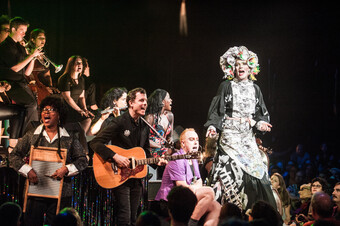

Comments
The article is just the start of the conversation—we want to know what you think about this subject, too! HowlRound is a space for knowledge-sharing, and we welcome spirited, thoughtful, and on-topic dialogue. Find our full comments policy here